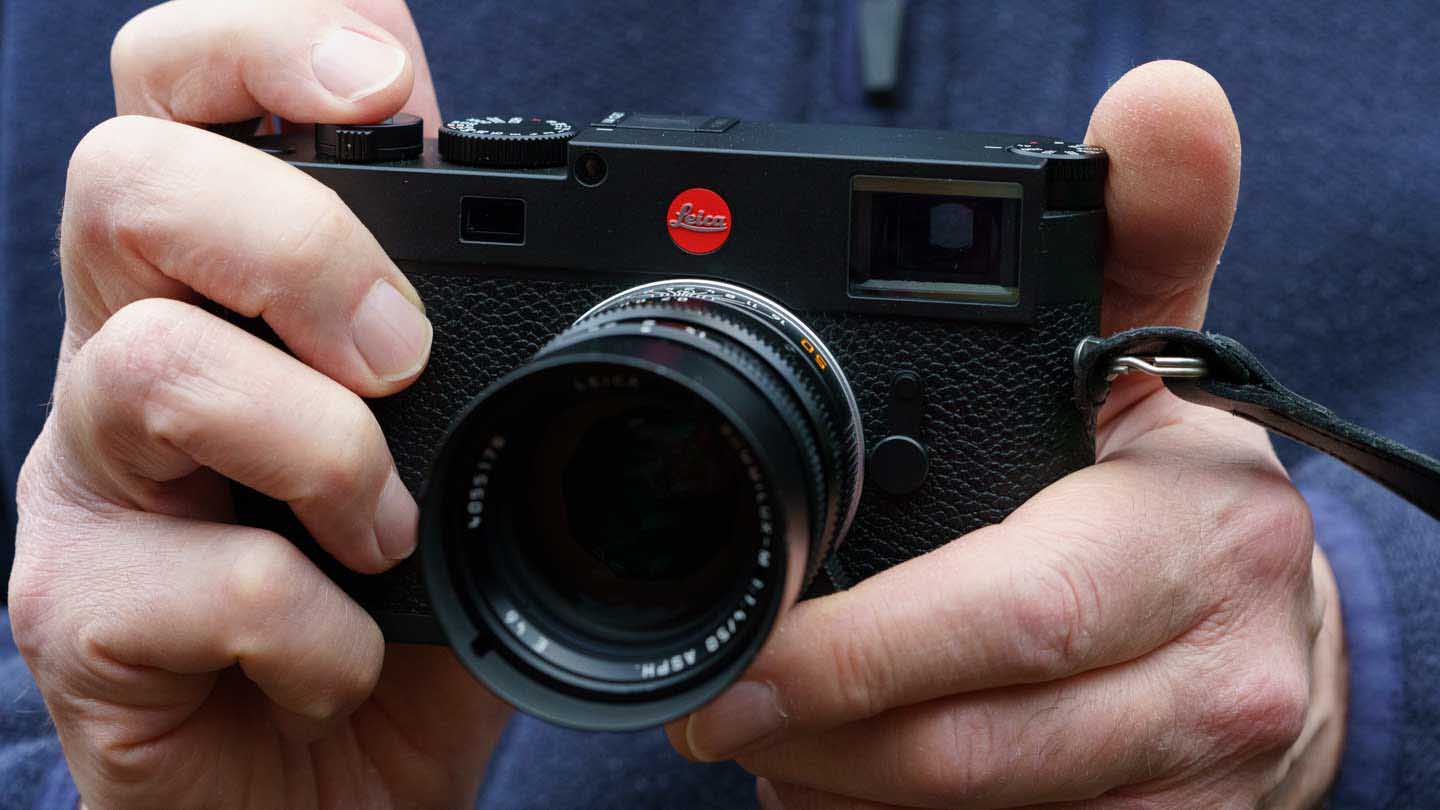[ad_1]
As photographic technology evolves, so should the tools that harness it. This is the crux of my argument for why Leica, the legendary camera manufacturer with its roots firmly planted in the soil of tradition, should consider introducing an electronic viewfinder (EVF) into its iconic M-series cameras and moving away from rangefinder focusing.
The rangefinder system has its merits – it’s known for its precision, tactile engagement and its capacity to operate effectively in a variety of lighting conditions. But it only uses a central area of the imaging frame, it takes a while to get used to and it can be hard to see the two images that must be brought into register.
And then there’s the framing. The viewfinders in Leica M-series cameras don’t show the view through the lens, instead they show the direct view through a window in the camera body. This means that framing created by the lens has to be indicated using bright lines and the imaging area decreases dramatically in size as the focal length increases.
To be fair, Leica offers an optional electronic viewfinder that can slot into the hotshoe of modern M-series cameras. But as you might imagine, it’s not a cheap addition and it’s time for a shift to a more versatile and innovative solution.
The introduction of an integrated EVF would bring a series of benefits to the Leica M-series. For starters, EVFs show the image from the sensor and that means the view is through-the-lens with real-time exposure previews. This not only facilitates accurate exposure settings but also allows for immediate adjustment in dynamic lighting situations. With an EVF, what you see is literally what you get, a massive boon for photographers striving for accuracy and efficiency.
Secondly, the inclusion of an EVF paves the way for easier manual focusing. While the manual focusing of a rangefinder can be an engaging and gratifying experience, it does come with limitations, particularly when shooting in challenging conditions or with fast-moving subjects. A modern manual focus system, coupled with an EVF, would provide the M-series with a level of speed and accuracy that could broaden its appeal and practicality.
Thirdly, focus peaking and magnified views – essential features for many of today’s photographers – could be a game changer in an M-series Leica with an EVF. The current cameras already have these technologies, but they can only be used when composing images on the fixed rear screen or using the optional EVF. Accessing them from a built-in electronic viewfinder would make achieving precise focus so much easier, particularly in macro photography or in situations where shallow depth of field is employed.
EVFs are also of huge benefit to videographers, and while M-series photographers have been vocal in their demands to not have video technology, perhaps they would find it more attractive if it were easier to use? An EVF would provide accurate framing, focus and exposure control in video mode, making these cameras a more viable option for serious videographers.
Leica’s M-series cameras are renowned for their superb image quality, iconic design, and the engaging experience they offer. Incorporating an EVF would not subtract from these strengths, but instead, add to them, ensuring the M-series remains competitive in today’s rapidly evolving photographic landscape.
It’s important to remember that an evolution of tools doesn’t have to mean an erosion of the craft.
After all, Leica itself is a testament to this principle, having popularised 35mm film in the 1920’s and later transitioned from film to digital technology while maintaining its commitment to image quality and user experience. The introduction of an integrated EVF in M-series cameras could be another step in this evolutionary journey, keeping Leica at the forefront of photographic innovation while preserving its rich tradition.
It’s time for Leica to embrace change, and an EVF in the M-series could be a progressive step in the right direction, providing a blend of tradition and innovation that caters to both seasoned rangefinder users and photographers seeking the versatility that comes with modern technology.
Check out our range of camera buying guides to find the best option for your needs
[ad_2]
